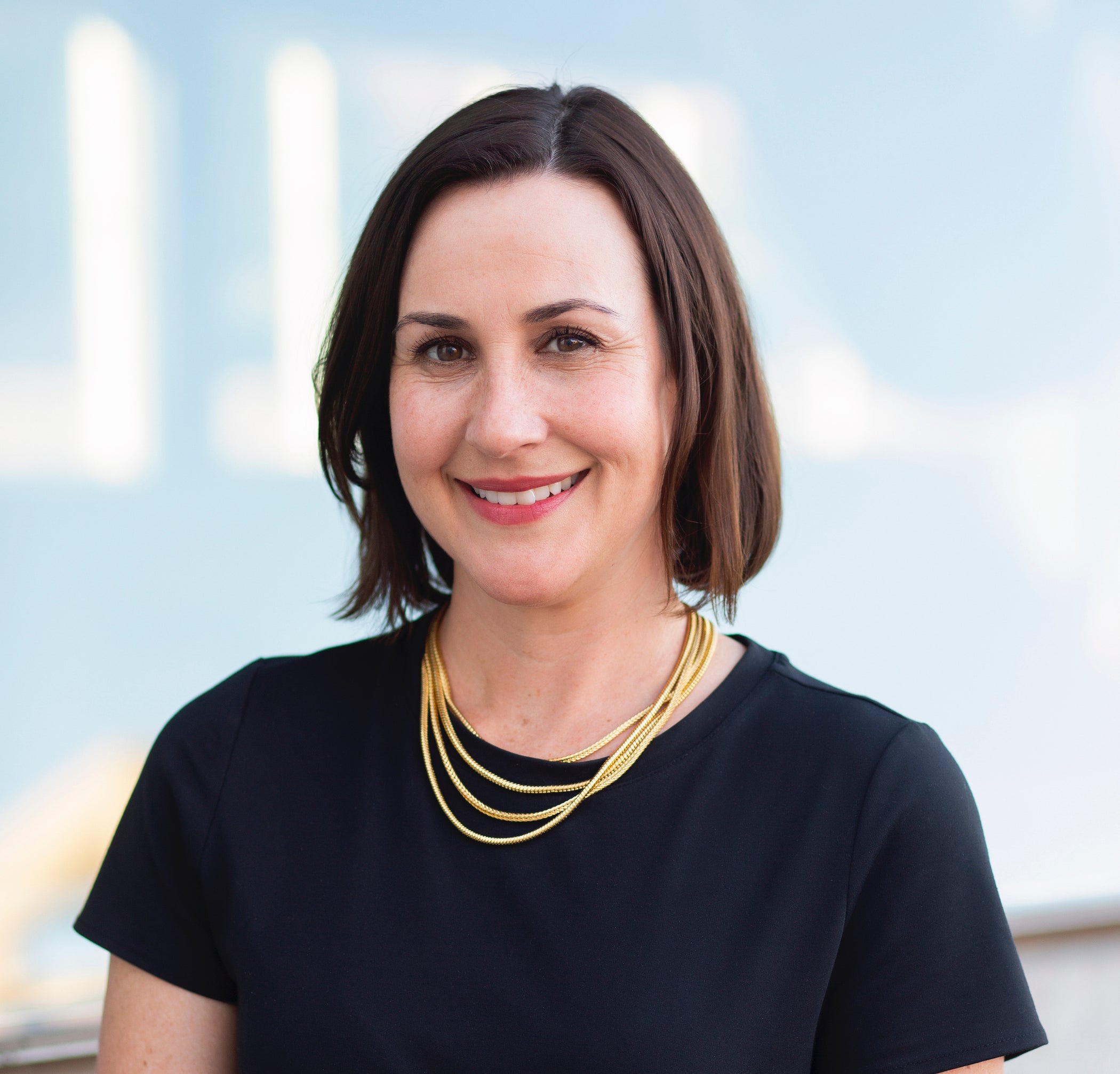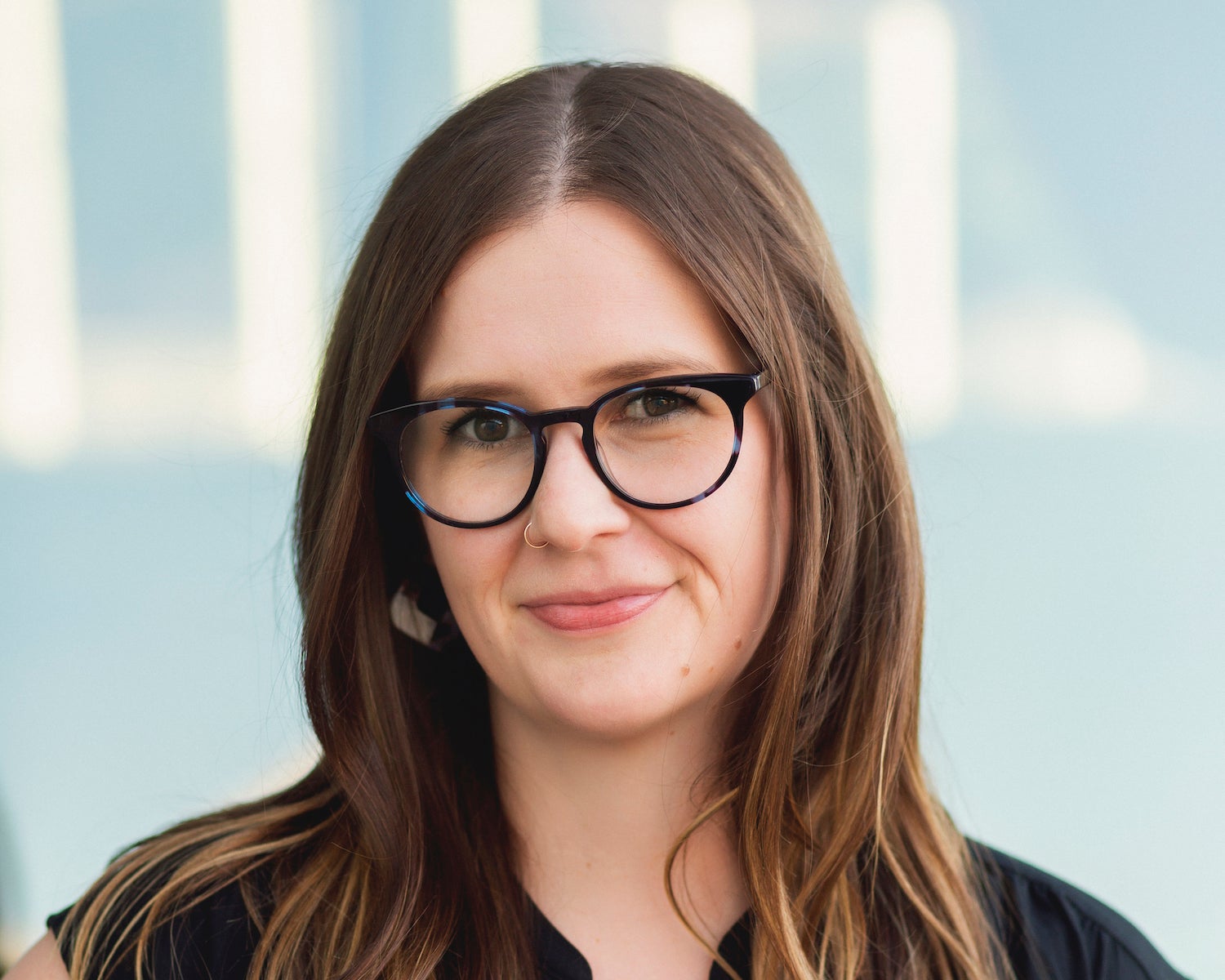Solutions journalism has become a popular form of storytelling in recent years, and Arizona State University's News Co/Lab will apply its use in a new class to help address the nation’s housing insecurity crisis.
The Community Engagement Reporting course is filling up fast and will make its debut in the spring semester. Taught by Celeste Sepessy, a lecturer at the Walter Cronkite School of Journalism and Mass Communication, the class will educate students on one of the country’s most pressing issues.
They’ll immerse themselves in the topic with Sepessy’s guidance and through “listening sessions” with those who are experiencing homelessness and housing insecurity. The hope is that the marginalized will have their voices lifted so leaders can think of and provide better solutions.
ASU News spoke to Sepessy and Kristy Roschke, the managing director of the News Co/Lab, a Cronkite School initiative aimed at helping people find new ways of understanding and interacting with news and information. Here’s what they had to say about the new class, housing insecurity and potential outcomes from this endeavor.
Kristy Roschke
Question: How did you develop the idea for the Community Engagement Reporting class?
Kristy Roschke: After working with several professional newsrooms to incorporate more community engagement into their work, it had become a dream of ours to develop a course that would teach Cronkite students to do the same. Housing insecurity is a critical issue that impacts so many in our community, so we knew it would be an important topic to explore in a way that prioritizes the voices of those who are experiencing or have experienced it. We are grateful that the Arizona Community Foundation is also focused on this issue and agreed to support our work. We are also fortunate to be teaming up with several community partners to help us facilitate conversations and give us a better understanding of this complex issue.
Celeste Sepessy: Journalism students are tired of hearing that the industry is in a crisis. They want things to be better, both in the newsroom and in the community. But it’s up to us as instructors to give them the tools to do that — that’s why we’re focusing on engagement and solutions journalism in this class. Cronkite students will learn how to work with the community and create journalism that focuses on not just the problems, but creative responses. We expect our students to become newsroom leaders in this growing movement.
Q: It appears as if the rising cost of housing, the pandemic and the loss of jobs as a result of COVID-19 has created the perfect storm for housing insecurity. Are there any other factors worth mentioning?
Roschke: The events of the past couple years have certainly exacerbated what was already a big problem in Phoenix due to insufficient affordable options, racial discrimination in housing, gentrification and more. A 2021 Morrison Institute report states that four in 10 Arizonans in low-paying jobs pay more than half their income for housing or are experiencing homelessness, but receive no federal assistance. We are eager to meet with community members to learn more about the specific challenges they’ve faced, as well as the suggestions they have for tackling the problem. Our hope is that, through our process, we can help elevate community needs to stakeholders in order to imagine different solutions.
Sepessy: It's also important to mention that housing insecurity disproportionately affects certain populations, like people of color and members of the LGBTQ community, especially youth. That's why we've identified local community partners like one•n•ten, Phoenix Rescue Mission and Paz de Cristo to help us host listening sessions. We think it's critically important that students hear these marginalized voices and help lift them up in the public sphere.
Q: This class will include several listening sessions between student journalists and community members experiencing housing insecurity. What will these sessions look like, and what outcomes are you looking for?
Roschke: The idea and format for the listening sessions comes from the Local Voices Network and Cortico, a nonprofit organization that highlights unheard voices in the public dialogue. Our Cronkite colleague Andrew Heyward is an adviser to Cortico, so we were familiar with the useful features the technology could offer.
Each listening session will include four to six community members and a couple student facilitators. The listening sessions will follow a general script, but unlike in a typical focus group, the participants will dictate where the conversation goes. Our goal as facilitators is to make participants feel comfortable and safe sharing their stories, thoughts and ideas, and to encourage open and constructive dialogue. The listening sessions are recorded with Cortico’s technology, which will then transcribe the conversations and identify key themes and sentiment throughout and between the conversations. The technology is a dream for journalists, because it takes care of a lot of the tedious work of transcribing long conversations. This allows us to focus on a deeper level of analysis to pursue potential themes and solutions across the conversations.
Q: This class is also a first-of-its-kind for the Cronkite School. What are you hoping students will gain from their experiences?
Celeste Sepessy
Sepessy: Journalism students are often taught to distance themselves from issues, sources and facts. But there are times when we need to go beyond the norm of balanced reporting and think of solutions. I want to help my students be empathetic community members that serve the public good. That certainly involves the tough questions journalists typically ask — looking at how established power structures create and maintain inequities. But it also means questioning our own identities, not just as journalists, but as people, and how that affects our work. Many students are already inherently doing this, but I hope to provide the framework to further empower them.
In class, they'll learn how to build better relationships with community groups and their members. It's not just about popping in for a quick interview, never to be seen again. My students will be volunteering at our partner organizations and spending considerable time listening to participants' hopes for their communities.
Listening is the key part here. We want community members to identify the issues facing their communities and possible solutions. Ultimately, that's what will inform our journalism. We don’t want to contribute to these populations' trauma, as is often the case for vulnerable people. We want to share their experiences and suggestions about how we can address the housing insecurity crisis, whether that's on a micro or macro level.
Q: Will there be any other surprises or outcomes from this class?
Roschke: We are committed to producing journalism that is as much for the impacted community — especially those who share their time and insights with us in the listening sessions — as it is for the general public. So often reporting on housing insecurity can feel so transactional, and the finished product ends up in media the subjects don’t have access to. So in addition to more traditional digital storytelling, we’ll be exploring different ways to share our content. The students will ultimately decide what formats we go with, but we’ll be exploring ideas like printing newsletters or a zine that will be distributed through our partner organizations, and even texting stories to participants. This entire process is about thinking beyond the typical reporting process, and we want students to think creatively about how they approach all aspects of their projects, especially in the finished product.
Again, we are grateful to the Arizona Community Foundation for supporting this pilot project. We hope a successful pilot will lead to more classes in the future.
Sepessy: This will be a totally new teaching experience for me, and I'm excited to model what we're learning — deeper listening, community building, cross-discipline collaboration and meaningful reflection — in my classroom. I'll be volunteering at dinner services alongside my students. I'll be learning from our incredible guest speakers, including the Office of Applied Innovation Managing Director Luke Tate and Director of Social Embeddedness Christina Ngo. And I'll be brainstorming how we can transform a 1,000-word article into something more accessible to our community. It's going to be a fun, impactful semester.
Top photo courtesy of iStock/Getty Images
More Law, journalism and politics

ASU Law to honor Africa’s first elected female head of state with 2025 O’Connor Justice Prize
Nobel Peace Prize laureate Ellen Johnson Sirleaf, the first democratically elected female head of state in Africa, has been named the 10th recipient of the O’Connor Justice Prize.The award,…

Native Vote works to ensure the right to vote for Arizona's Native Americans
The Navajo Nation is in a remote area of northeastern Arizona, far away from the hustle of urban life. The 27,400-acre reservation is home to the Canyon de Chelly National Monument and…

New report documents Latinos’ critical roles in AI
According to a new report that traces the important role Latinos are playing in the growth of artificial intelligence technology across the country, Latinos are early adopters of AI.The 2024 Latino…


